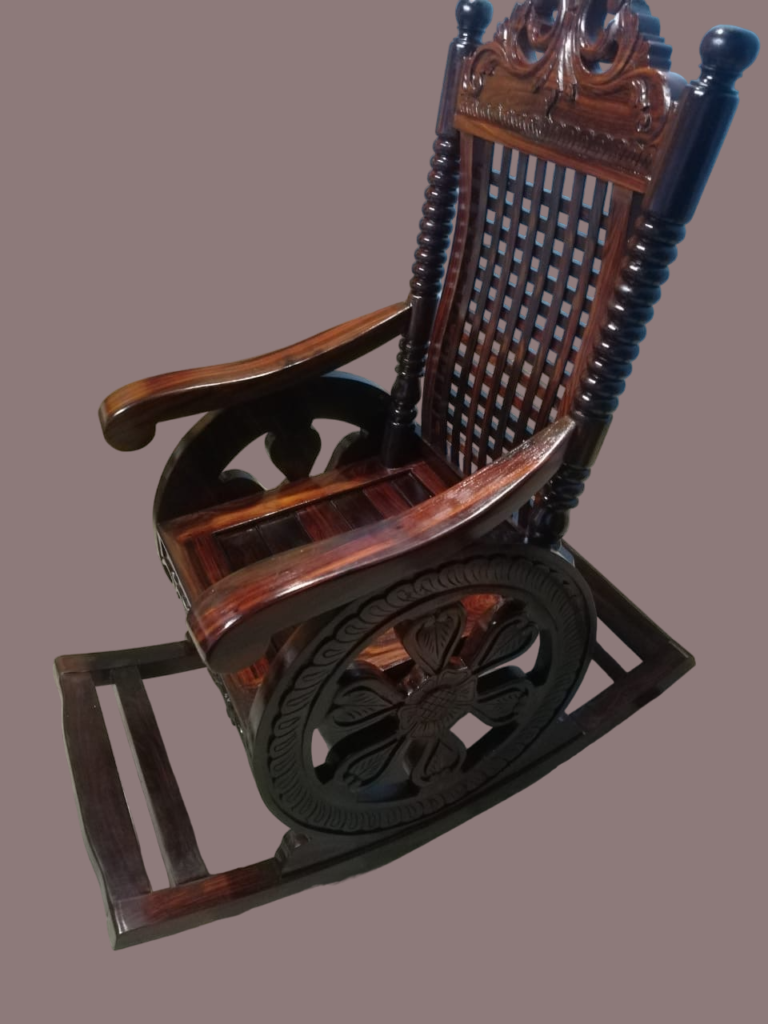The Timeless Elegance of Rosewood Handicrafts: A Journey Through Karnataka’s Craftsmanship
In the realm of handicrafts, few materials evoke the same sense of timeless elegance and natural beauty as rosewood. Renowned for its rich color, durability, and intricate grain patterns, rosewood has been cherished by artisans for centuries. Particularly celebrated in Karnataka, India, rosewood handicrafts not only showcase the skill of local craftsmen but also embody a cultural heritage deeply rooted in tradition.
The Art of Rosewood Handicrafts
Rosewood handicrafts encompass a wide array of items, ranging from furniture and decorative pieces to small trinkets and musical instruments. Each creation is a testament to the artisan’s meticulous attention to detail and reverence for the inherent qualities of the wood.
Seasoning Rosewood: The Key to Quality Craftsmanship
One of the critical aspects of working with rosewood is ensuring proper seasoning. Seasoning refers to the process of drying the wood to remove excess moisture, which helps prevent warping, cracking, and decay. In Karnataka, artisans have perfected the art of seasoning rosewood, employing traditional methods passed down through generations. This meticulous approach ensures that the wood retains its structural integrity and beauty for years to come.
The Master Craftsmen of Karnataka
Karnataka boasts a rich tradition of woodworking, with skilled artisans honing their craft over centuries. These master craftsmen possess an innate understanding of rosewood’s characteristics and know how to harness its natural beauty to create stunning pieces of art. Their expertise lies not only in shaping the wood but also in embellishing it with intricate carvings and inlays, showcasing the true essence of Karnataka’s artistic heritage.
The Challenges of Rosewood Handicrafts
Despite its undeniable beauty, rosewood presents several challenges to artisans. The wood’s density and hardness make it difficult to work with hand tools, requiring considerable skill and patience. Additionally, rosewood is becoming increasingly scarce due to overexploitation and habitat loss, posing a threat to both the environment and the livelihoods of craftsmen.
The Expensive Nature of Rosewood
Another factor that contributes to the allure of rosewood handicrafts is their exclusivity. Rosewood is considered a luxury wood due to its rarity and high demand, commanding premium prices in the market. This exclusivity adds to the appeal of owning a piece of rosewood craftsmanship, elevating it from a mere object to a symbol of status and sophistication.
The Supply Chain: Nurturing Tradition in a Modern World
The supply chain of rosewood handicrafts is intricately woven with the traditions and livelihoods of Karnataka’s artisans. From sourcing sustainably harvested wood to collaborating with local communities, every step in the process reflects a commitment to preserving both the craft and the environment. In an era dominated by mass production and globalized markets, these artisans stand as guardians of a tradition that transcends time and trends.
Preserving a Legacy, Crafting a Future
In essence, rosewood handicrafts embody more than just exquisite craftsmanship; they embody a legacy passed down through generations and a testament to the enduring spirit of creativity and ingenuity. As we celebrate the beauty of these creations, let us also recognize the importance of supporting the artisans who dedicate their lives to preserving this cherished heritage. In doing so, we not only enrich our lives with timeless works of art but also ensure that Karnataka’s rich tradition of rosewood handicrafts continues to thrive for generations to come.


